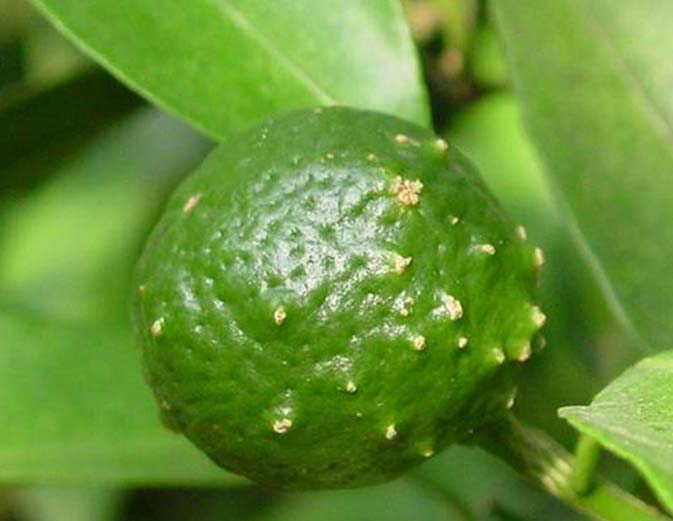
How to Choose the Best Fertilizer for Paddy Crop?
Phosphate fertilizer, potassium fertilizer, and nitrogen fertilizer can all be said to be the best fertilizer for paddy crop. Modern agriculture generally uses a mixed fertilizer of phosphate, potassium, and nitrogen for fertilization. Due to the different soil conditions in various regions, reasonable fertilization should be carried out according to the specific local conditions, and fertilization strategies from other regions should not be completely copied. This article will introduce the characteristics and uses of phosphate fertilizer, potassium fertilizer, and nitrogen fertilizer respectively and explore which one is the best fertilizer for paddy crop at different fertilization periods.
Best Fertilizer for Paddy Crop: Phosphate Fertilizer
Phosphate fertilizer is crucial for the growth of rice as it mainly promotes the development of rice root systems and enhances the crop's resistance to adversity. Phosphorus is a component of many essential compounds in plants, such as ATP (adenosine triphosphate), which acts as the "currency" of energy in plant cells. The application of phosphate fertilizer is particularly important in the early stages of rice growth because it can accelerate rice tillering, making the plants stronger and laying a solid foundation for the development of grains later. However, phosphate fertilizers have poor mobility in the soil and are easily fixed, making it necessary to use phosphate fertilizer reasonably in combination with soil tests to understand the available phosphorus content in the soil. Methods such as layered fertilization or mixing with other fertilizers can be used to improve the utilization rate of phosphate fertilizers.
Best Fertilizer for Paddy Crop: Potassium Fertilizer
Potassium fertilizer is an indispensable "cardiotonic" for rice growth. It mainly participates in photosynthesis, respiration, and the synthesis of proteins and starches in plants. Adequate supply of potassium fertilizer can significantly enhance the lodging resistance of rice, increase the number and weight of grains, thereby improving yield and quality. During the mid to late stages of rice growth, especially during the heading and grain-filling periods, the demand for potassium fertilizer increases significantly. At this time, appropriately increasing the application of potassium fertilizer can not only promote full grains but also enhance the resistance of rice to pests and diseases. It is noteworthy that excessive application of potassium fertilizer can also have negative impacts on the soil and water bodies, so it should be applied scientifically according to the potassium content of the soil and the growth needs of the rice.
Best Fertilizer for Paddy Crop: Nitrogen Fertilizer
Nitrogen fertilizer is one of the most demanded nutrients during the growth of rice, playing a crucial role in leaf growth, photosynthesis, and protein synthesis. An adequate supply of nitrogen fertilizer ensures that rice leaves are dark green and highly efficient in photosynthesis, thereby promoting rapid growth and biomass accumulation of the plant. However, the application of nitrogen fertilizer should also adhere to the principle of appropriate amount. Over-application not only leads to excessive growth and lodging of rice but also increases the risk of pests and diseases. In addition, nitrogen loss can pollute the environment. Therefore, based on the growth stage of rice and soil fertility status, a strategy of phased and balanced fertilization should be adopted to ensure the reasonable use of nitrogen fertilizer.
In summary,the best fertilizer for paddy crop is not a single-element fertilizer but needs to be a comprehensive consideration of the reasonable combination and timely application of phosphate fertilizer, potassium fertilizer, and nitrogen fertilizer. Only by formulating scientifically reasonable fertilization programs based on the soil conditions, growth stages of rice, and climatic environment of different regions can high yield and quality, as well as sustainable development of rice, be achieved.



























